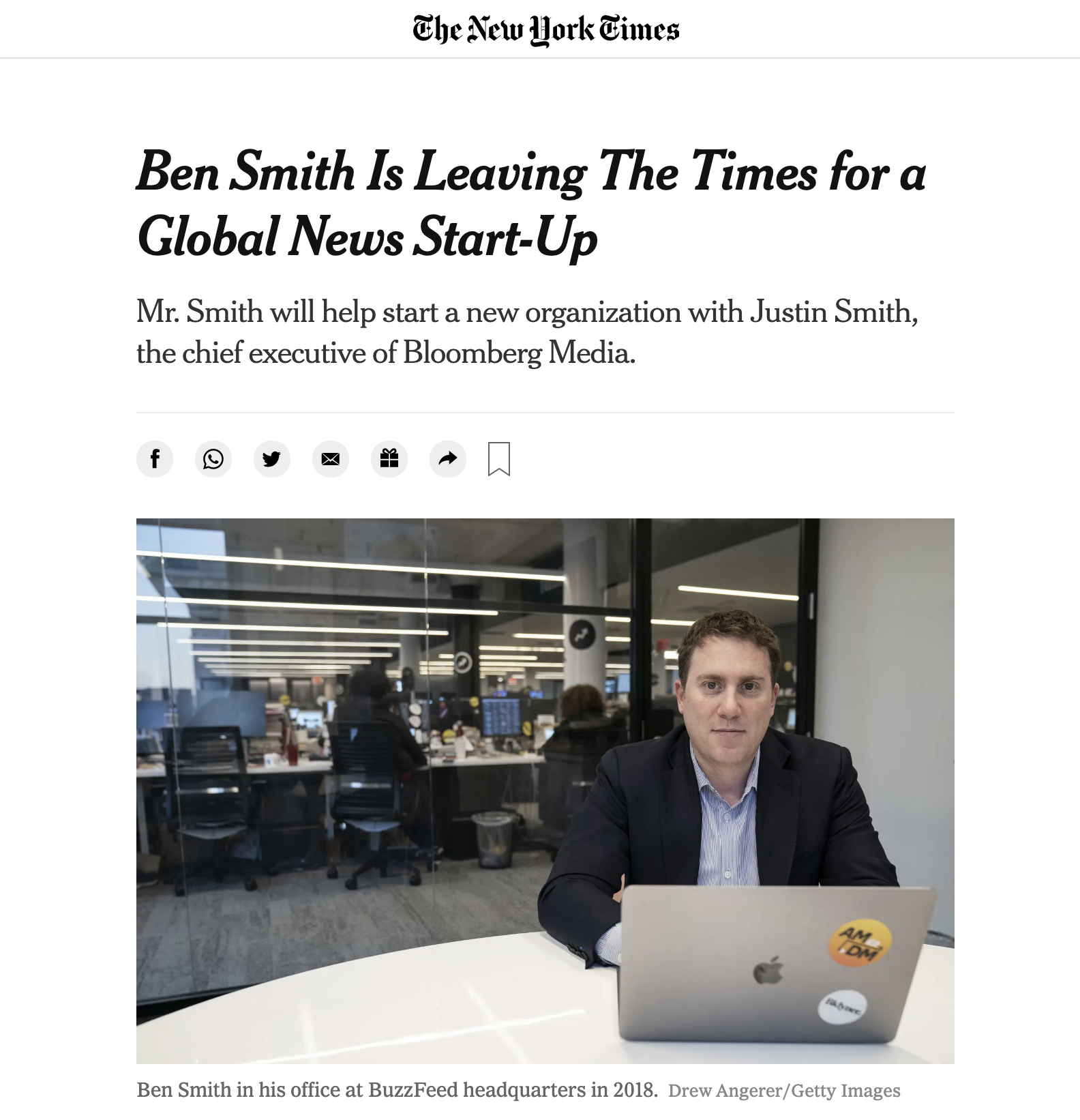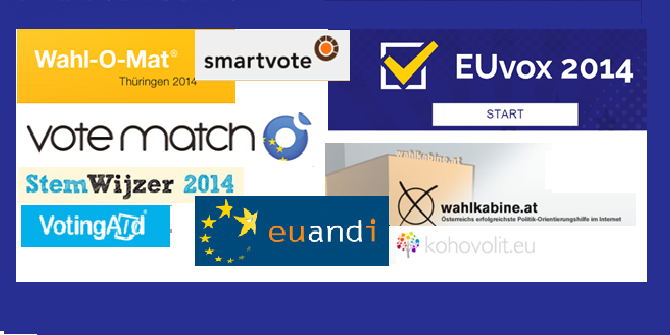 Jessica Di Paolo, a recent graduate in Media and Communications at LSE, explores the advantages and disadvantages of using social media in lectures and conferences.
Jessica Di Paolo, a recent graduate in Media and Communications at LSE, explores the advantages and disadvantages of using social media in lectures and conferences.
US psychologist Sherry Turkle claims that in the currently digital age we are forgetting how to talk to each other. In a recent interview to The Guardian, she explained that “89% of Americans admit they took out a phone at their last social encounter – and 82% say that they felt the conversation deteriorated after they did so.” Crucially, people do not seem aware of their new technologies’ addiction. As a result of this social media invasion, new habits are arising: people tweeting while eating breakfast, snapchats of dinners and night outs with friends, and Facebook photo galleries of exotic trips around the world are just a few examples.
Perhaps, as Professor Deuze writes in his article “Media Life”, we all live in our own Truman Show; living in a media life, where “our life is lived in, rather than with, media”, means that we are actually able to see and experience just what these media highlight, our relationship with the real life seems therefore mediated and completely staged. But what we should also take into account is the social and community side of social media, it is incredible how with just 140 characters we are enabled to create new communities with either random strangers or people we already know offline.
Plenty of articles and researches have investigated the social media impact on people’s interpersonal relationships in the daily life. Instead, what I would like to discuss here are the pros and cons of using social media as learning tools within the academic field. Specifically, by using my personal experience as Postgraduate student in Media and Communications at LSE, I am going to briefly outline positive and negative sides of using Twitter during lectures and seminars.
Three pros:
Hashtags help creating solid communities:
A lecture with a solid and original hashtag guarantees an imminent success. Students and professors enjoy live tweeting about topics they care about, especially if their tweets are re-tweeted and liked several times. Discovering that someone liked and re-tweeted your tweets encourages people to keep following the lecture both online and offline – by facilitating interactions and dialogue between people involved in the same event. Without a catchy hashtag, it is unlikely that students and speakers will join the conversation.
Flexible and interactive learning process:
Inevitably, Twitter‘s digital and interactive features open up space for new learning and teaching experiences. For example, during a lecture of one of my optional course last year, my Professor asked us to live tweet questions about the readings of the week by using the number of the course as a hashtag. The students’ feedback was impressive: along with questions and debates around the readings’ key points, students posted pictures, videos, and links to other researches – and therefore providing opportunities for real time discussions. With a traditional lecture format, this interactivity would be hard to achieve.
Students acquire new skills:
Tweeting in 140 characters the highlights of one-hour lecture is not that easy. However, the capacity of summarising complex debates in such a tiny digital space has become an essential skill. And encouraging students to live tweet can help them to be more competitive in the job market.
Three cons:
Tendency to over-simplify complex topics:
The 140 characters required on Twitter forces people to summarise complex discussion in a few words – and therefore leading to incomplete and misleading messages.
Distraction:
While you are trying your best to sum up in 140 characters what the Professor is saying, you might loose vital parts of the conversation. And spending time reading and following other students’ tweets on the same topic can distract you too. To avoid this, some schools suggested the development of “no – tech schools” where screens are off-limits and pupils can actually focus on the real world and conversations around them. But is this really the wiser solution?
Fear of tweeting:
According to some cyber-optimists (see Castells, 2009; Papacharissi, 2002; Dahlberg, 2001), social media allows users to express their views freely; in the networked and liquid society, users are enabled to build alternative networks by challenging and eventually replacing mainstream values. But social media can also limit freedom of expression. Imagine what could happen if someone disagrees or insults you in the public eye of the cyber-space?
To some extent, Twitter seems to be a great learning tool; on the one hand, it helps to connect young audiences, it is highly interactive and gives room for real time debates by facilitating the rise of online learners’ communities. On the other hand, it can be distracting and lead to an extreme oversimplification of complex debates. However, this does not mean that social media, smartphones, and computers should be banned from schools and universities. We should always bear in mind that as human beings we have the capacity and the rationality to switch off the phone when we realise that technology is taking control over our lives.
This article originally appeared on LSE Communications Division blog
@JessDiPaolo





